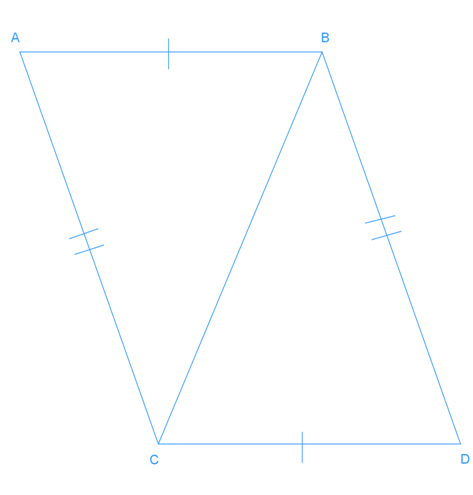Introduction
Triangles congruent by SSS proofs is a fundamental concept in geometry that explores how two triangles can be proven identical based on their side lengths. This topic is crucial for understanding more complex geometric principles and problem-solving techniques. Our introduction video provides a clear and concise explanation of SSS proofs, serving as an essential foundation for students beginning their journey in triangle congruency. Throughout this article, we'll delve deeper into the concept, highlighting the key differences between congruency and similar triangles. While congruent triangles are identical in shape and size, similar triangles share the same shape but may differ in size. Understanding these distinctions is vital for mastering various geometric proofs and applications. By exploring SSS proofs, students will develop critical thinking skills and gain a solid grasp of triangle relationships, paving the way for advanced geometric concepts.







